In Part 1 and Part 2 of this series, we looked at some of the intriguing aspects of the way people’s everyday lives are affected by design in Japan. Whether the result of a lone designer with a singular focus or a meddling committee with a medley of requirements, it’s fascinating to see how other countries have approached the same challenges.
A big part of this includes the built landscape, and today I wanted to look at Tokyo’s ever-changing skyline which has been the result of natural disasters, war, and cultural beliefs.
Disposable Houses
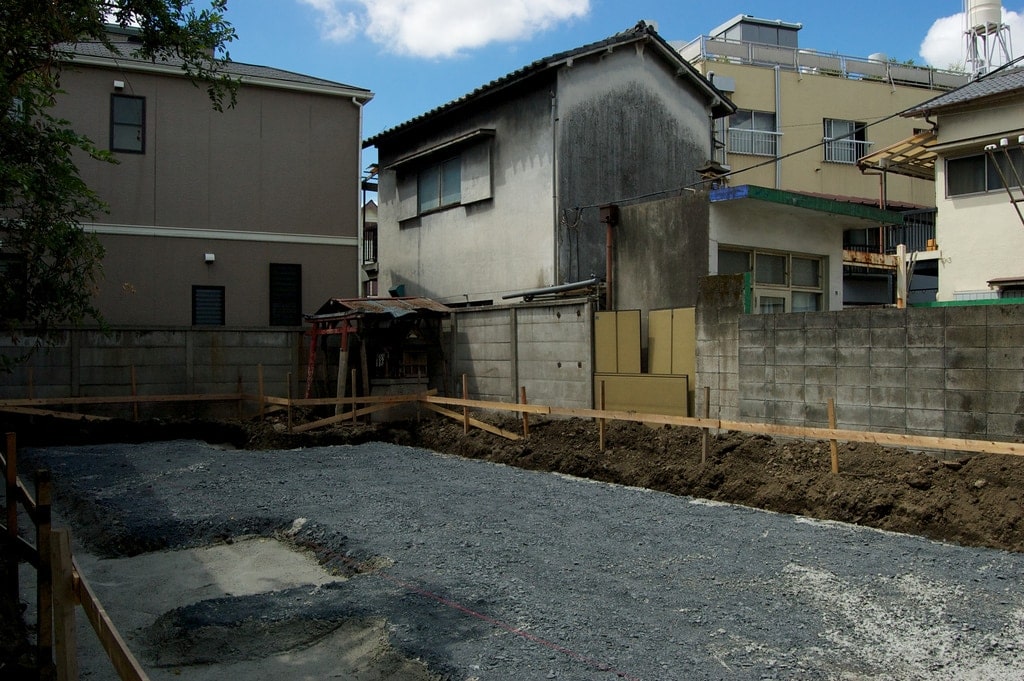
Photo by Molly Des Jardin
- The resale market in Japan for used houses is almost non-existent (likewise for cars)
- Housing quality is very high but a detached house fully loses its value after 15-30 years
- 50% of houses are demolished before they are 38 years old (compared to 100 in the U.S.)
- Earthquakes cause people to view houses as perishable and builders play on this fear
- Japanese society values newness as something which is spiritually clean and pure
- There are more registered architects per capita in Japan than in any other country
- Huge demand for creatively designed homes but no economic incentive to maintain
More insight into this phenomenon on a recent Freakonomics Radio podcast episode.
Sliced Buildings
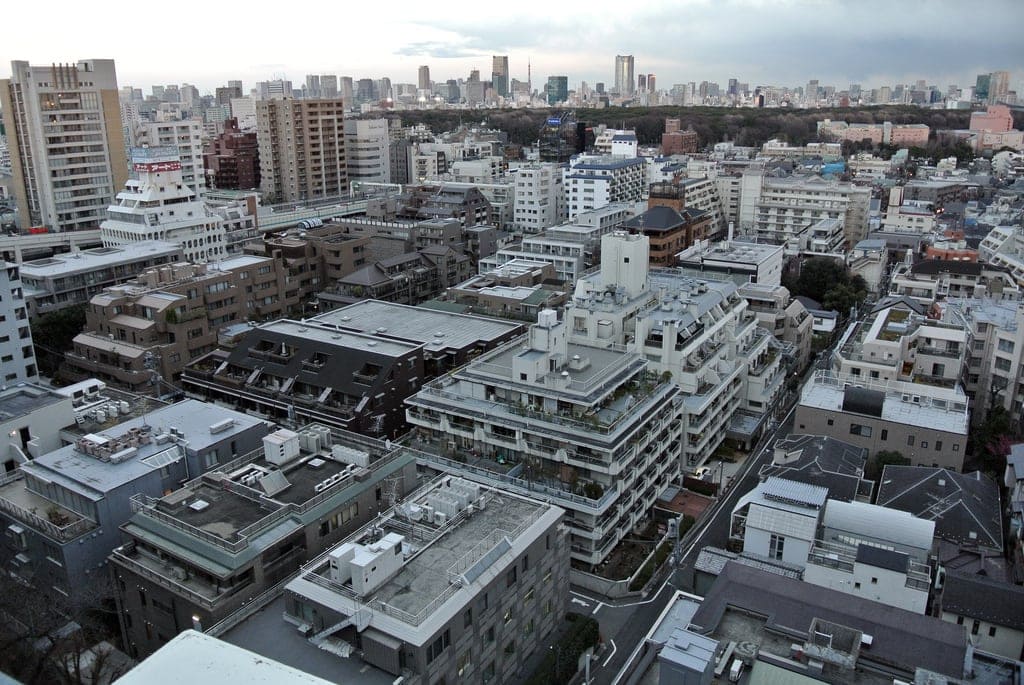
Photo by Yutaka Fujii
- In Japan, many mid-height buildings look like they’ve had their sides sliced off by design
- Building regulations stipulate a sloping plane that originates from the plot boundary
- Intended to ensure that natural light can still reach the street and neighbouring properties
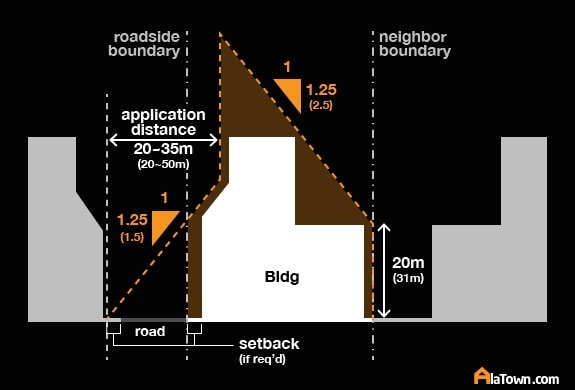
The law results in some very interesting shaped buildings when multiple slanted planes bisect.
Inverse Addresses
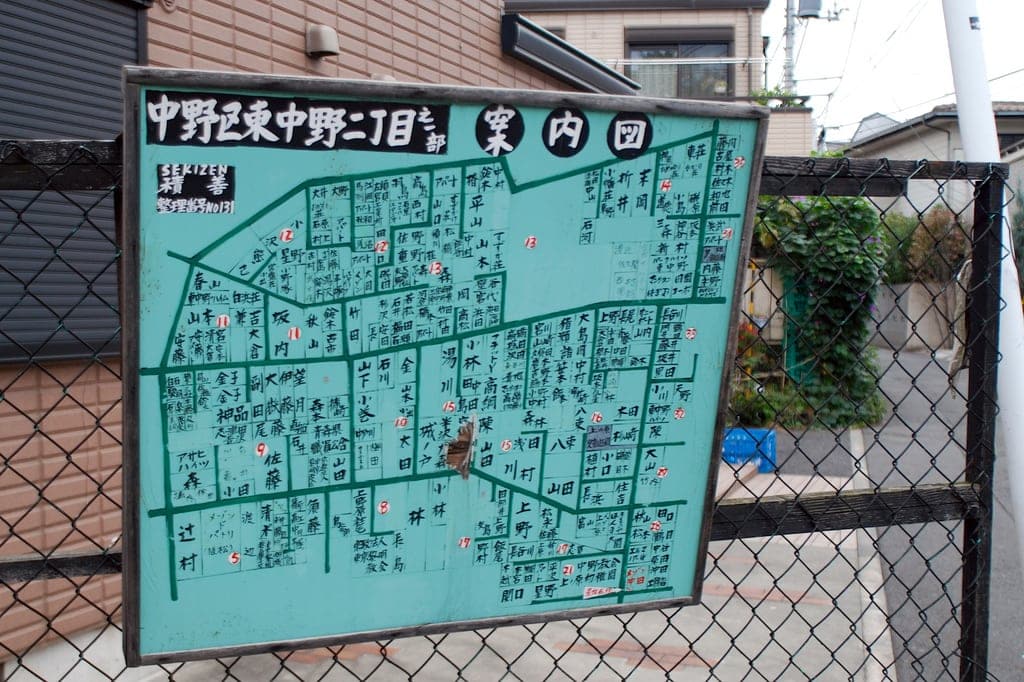
Photo by Oli Studholme
- Most streets in Japan don’t have names, however, the blocks between streets are numbered
- Buildings within a block are also numbered in the order in which they were historically built
- Addresses are written starting from the biggest to smallest geographic entities
If that doesn’t make much sense this video by Derek Sivers should clear things up.
Vending Machines (自動販売機)
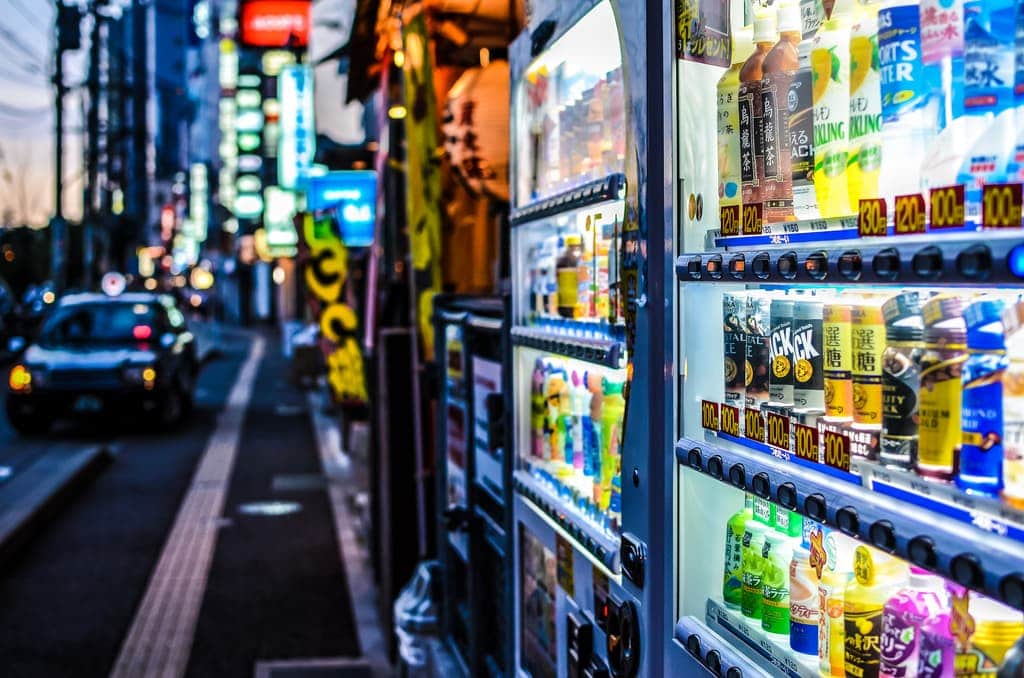
Photo by inefekt69
- There is around 1 vending machine for every 23 people in Japan selling all manner of things
- Can be found on almost every street corner and modern ones have huge touchscreen displays
- Cigarettes and alcohol required an age-restricted IC card but it’s easily circumvented
- Some are equipped with a feature that provides free drinks after a major earthquake
Queuing Culture

Photo by Matt Murphy
- Without exaggeration, the Japanese are masters of queuing no matter how mundane
- Whether a restaurant, train, theme park, shop, football match or shrine it’s always orderly
- Queuing for hours becomes part of the experience of enjoying something popular or new
Surgical Masks
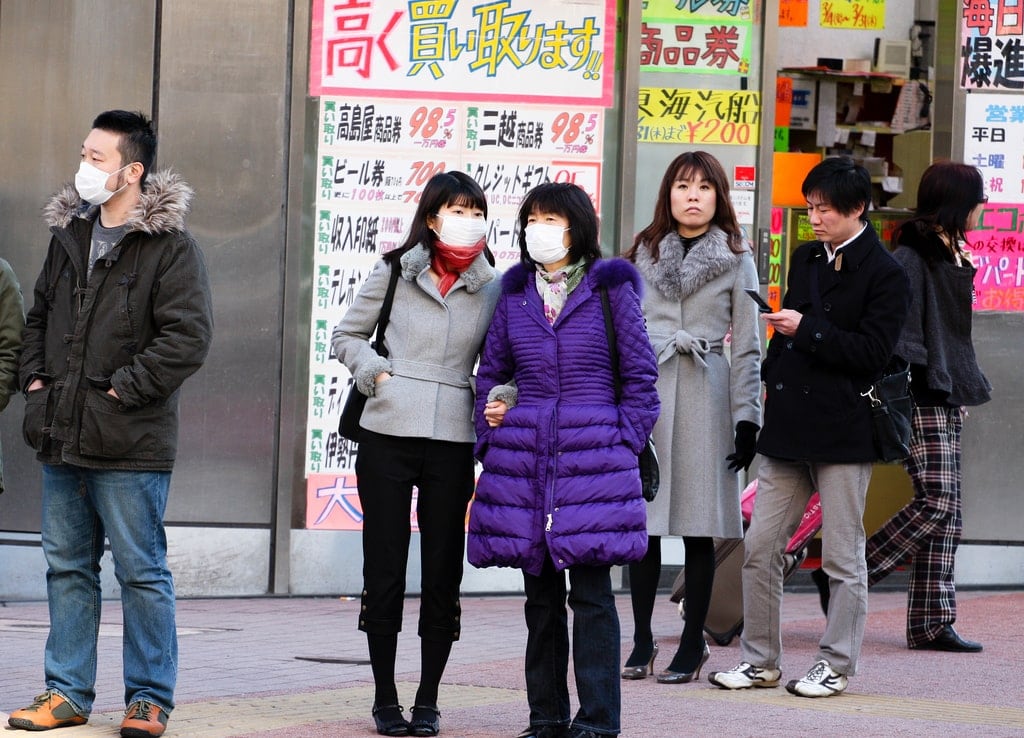
Photo by Matthew Kenwrick
- Worn by those with colds to prevent the spread of infections and show social responsibility
- Have antimicrobial coatings which release toxic O3, killing germs such as MSRA
- Some wear masks in an attempt to minimise the effects of pollen allergies (花粉症)


Reply